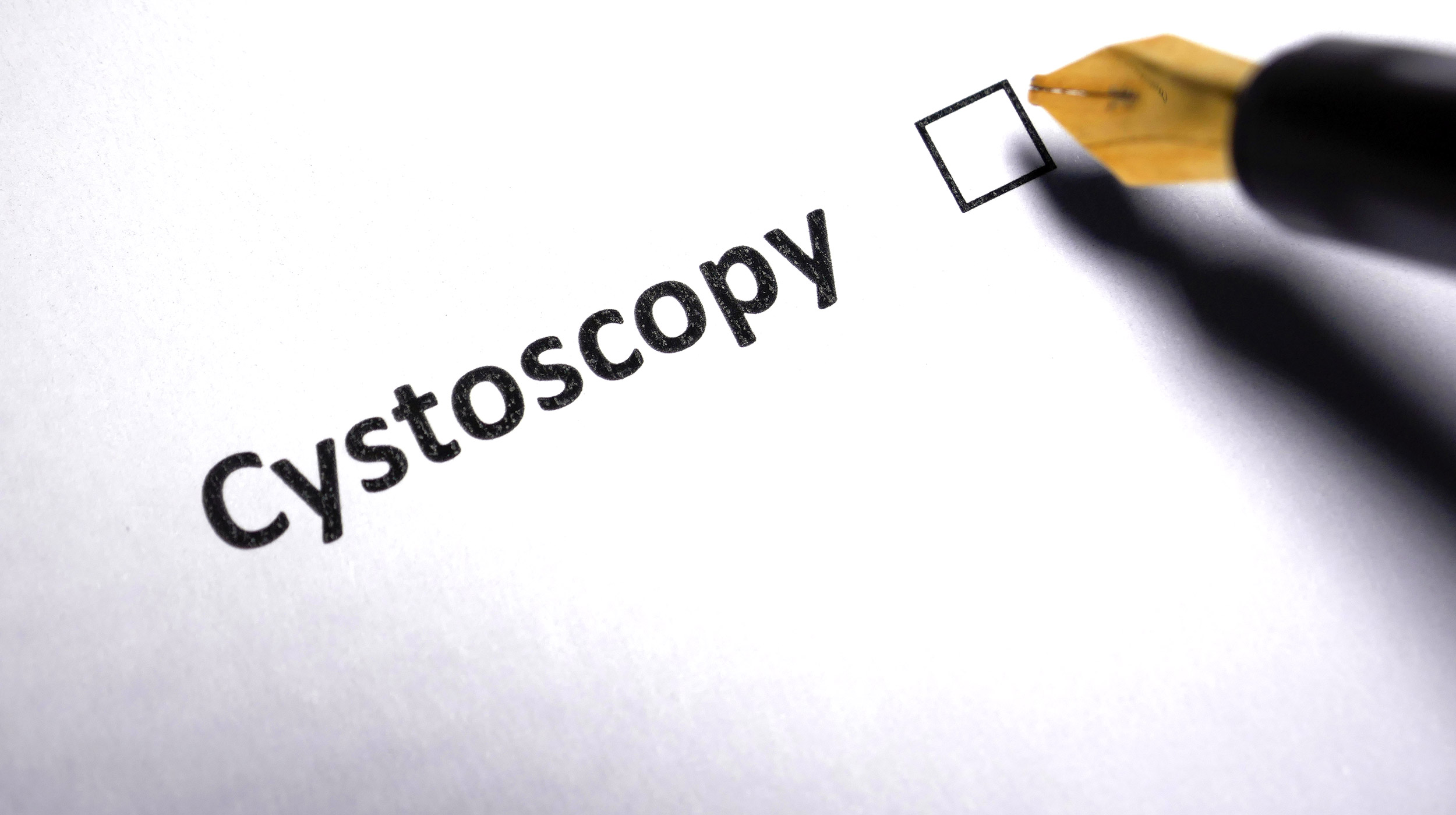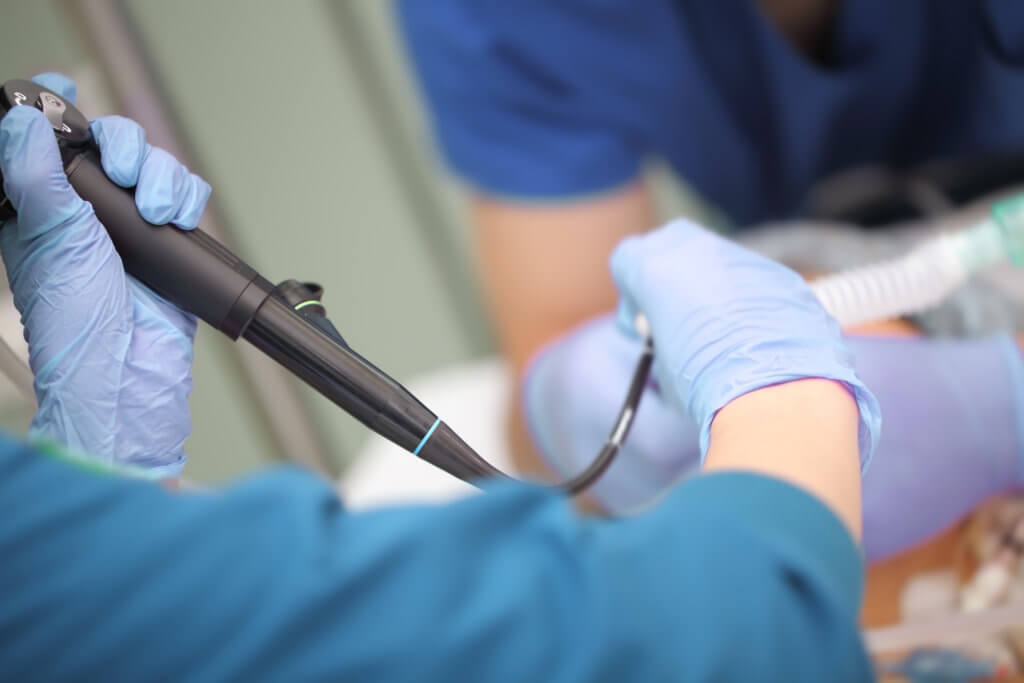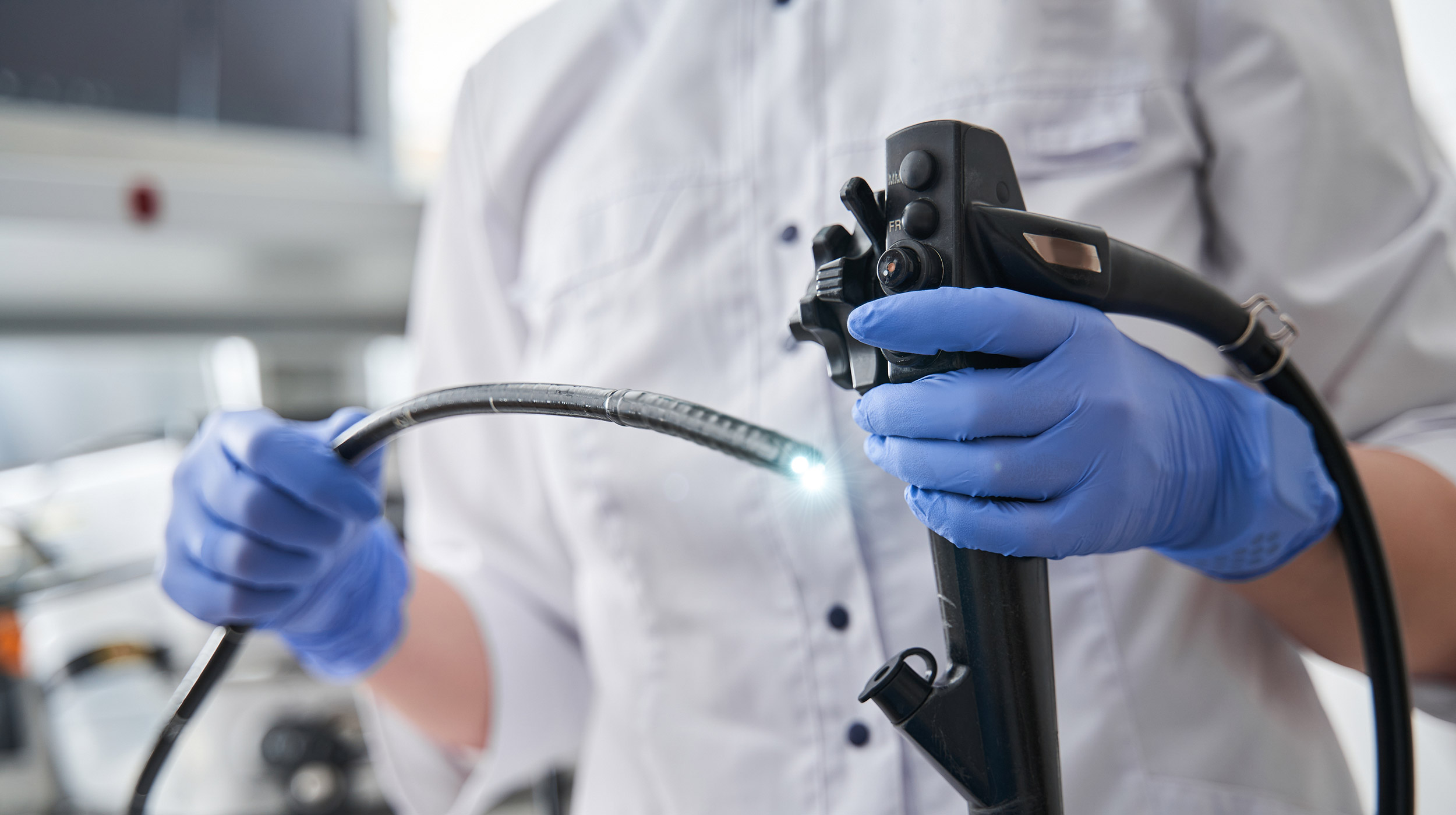
Patients requiring flexible cystoscopy often undergo follow-up procedures in the subsequent months. This makes effective pain management critically important to ensuring adherence to treatment regimens.
Fortunately, a simple and cost-effective maneuver was found to be effective at reducing the pain patients reported following their cystoscopy procedures.
A study conducted at the University Health Network in Toronto examined the effect of prostatic/membranous urethra and bladder neck hydrodistension — the “bag squeeze” technique — on pain during flexible cystoscopy in males. Hydrodistension is a common pain management maneuver performed by applying pressure on the saline bag to increase the flow of irrigation fluid.
Researchers found a decrease in "pain perception" that will "lead to better adherence by patients for their followup cystoscopy procedures,” they write in The Journal of Urology. “This will have a direct effect for better clinical outcomes.”
A total of 190 male patients participated in the study between September and November 2019. Group A received the bag squeeze during flexible cystoscopy while a “sham” bag squeeze was performed for members in Group B. All patients received the same lidocaine gel prior to the procedure and rated their pain on a 0-10 scale immediately afterward, with zero representing no pain at all and 10 being the worst pain experienced in one’s life.
The mean pain score was 1.91 for patients in Group A and 3.39 for those in Group B, a 43 percent different in reported pain levels.
The results demonstrate that hydrodistension “significantly reduces pain/discomfort when performed as the cystoscope passes through the prostatic urethra and bladder neck,” the authors write.
Additionally, the bag squeeze technique can be used in any setting in which cystoscopy is performed and does not carry the risk of side effects that come with other pain medications.
They conclude by recommending it be considered as standard of care for all male patients undergoing flexible cystoscopy.
Many efforts have been made to reduce pain and discomfort during flexible cystoscopy, with mixed results:


